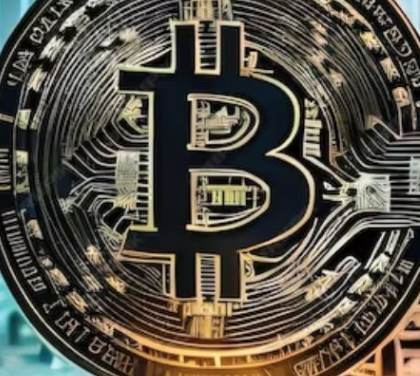$BTC $ADA $XRP
#Bitcoin #Crypto #Blockchain #Ethereum #Altcoins #Cryptocurrency #Trading #Finance #Investing #DigitalCurrency #CryptoNews #Trump #ExecutiveOrder #StrategicReserve #MarketTrends
In a surprising turn of events, the cryptocurrency market saw a significant increase in volatility following a recent announcement by US President Trump regarding the establishment of a crypto strategic reserve. This announcement led to a sharp increase in the prices of leading cryptocurrencies, including Bitcoin, ADA (Cardano), and XRP, propelling Bitcoin past the $90k mark, a price level it struggled to achieve in the days leading up to the statement. Despite this initial surge, the market reacted swiftly to Trump’s “sell on news” event, causing Bitcoin to retract from its high of $94,770 to as low as $82,681. This sudden dip has sparked widespread speculation and discussion among investors and analysts regarding the future of crypto as part of the strategic economic reserves of the United States.
The fluctuation in Bitcoin’s price and the subsequent impact on altcoins raise questions about the long-term viability and stability of cryptocurrencies as assets within governmental strategic reserves. Trump’s announcement was notably vague on how the reserve would be funded and maintained, merely reiterating a commitment to include crypto holdings without detailing the logistical or financial implications. This lack of clarity has led to debates among market observers and stakeholders, with some, like stock broker Peter Schiff, calling for restrictions on the types of assets included, suggesting a focus on “seized assets” to prevent the government from further purchasing cryptocurrencies like SOL, ADA, XRP, and ETH.
Amidst the market’s reactions, several crypto experts and enthusiasts have voiced their support for the strategic reserve initiative, highlighting its potential to bolster the legitimacy and integration of cryptocurrencies within the national economy. Metaplanet CEO Simon Gerovich espoused the view that, despite the market’s immediate volatility, the executive order represents a significant step forward in formalizing the role of digital currencies in US financial strategy. Gerovich elaborated on two potential methods for the US government to amass a strategic Bitcoin reserve without burdening taxpayers: utilizing the Exchange Stabilization Fund or seeking Congressional approval for the acquisition, the latter being a proposal already echoed in Senator Lummis’ Bitcoin Bill calling for the purchase of 200k Bitcoins annually over five years.
This development poses several implications for both the short-term and long-term landscape of the cryptocurrency market. In the immediate aftermath, heightened volatility and speculative trading are likely to continue, as investors grapple with the implications of the government’s involvement in crypto. Over the longer term, however, the establishment of a strategic crypto reserve could significantly enhance the credibility and acceptance of Bitcoin and other digital currencies within the traditional financial system, potentially leading to increased investment and wider adoption. As discussions and plans for the reserve progress, stakeholders across the crypto ecosystem will be closely monitoring its impact on market dynamics and regulatory perspectives towards digital assets.





